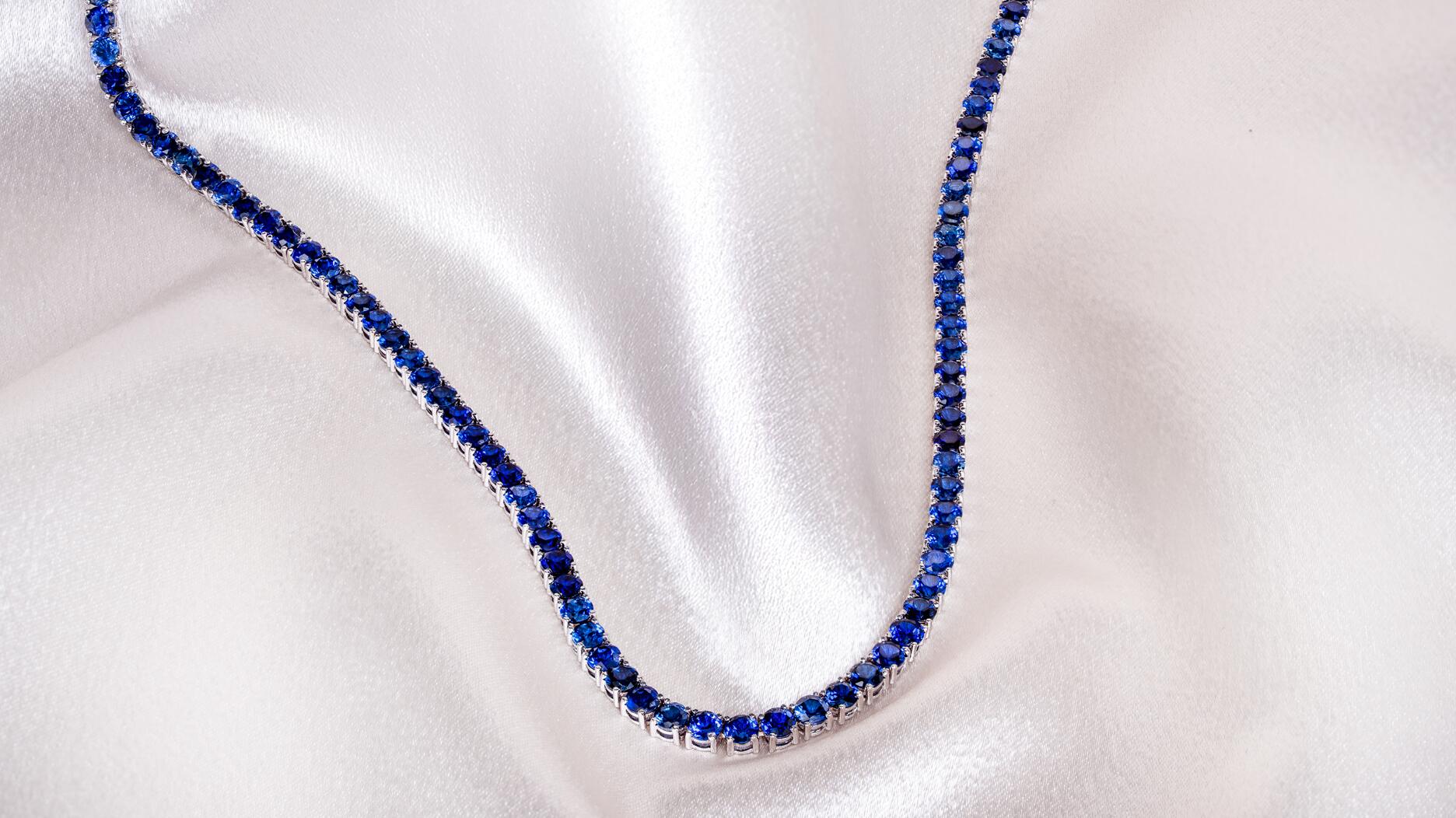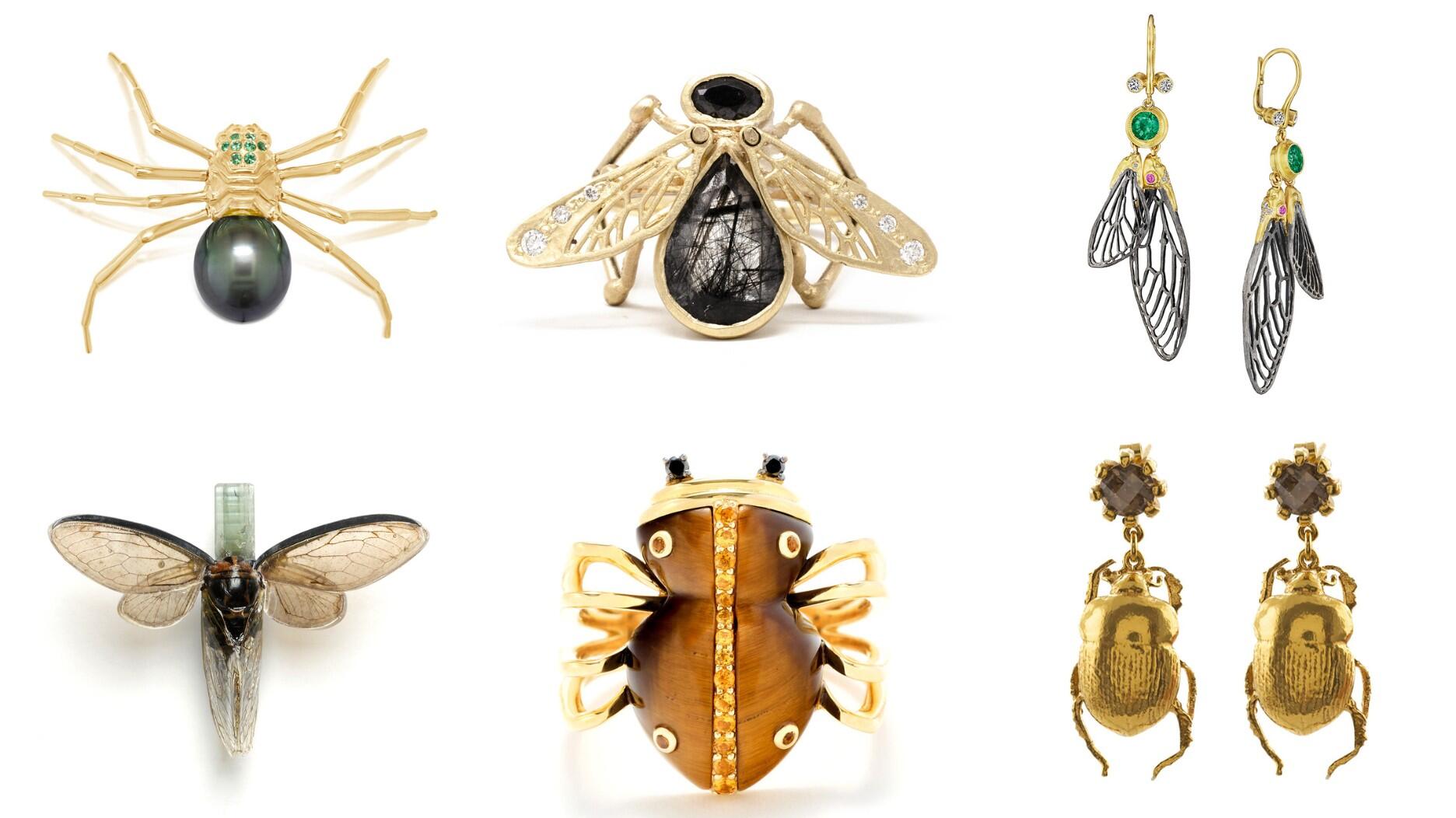The sale of the 31.68-carat, sunset-hued stone was part of Sotheby’s first series of events and auctions in Abu Dhabi.
The Woman Working to Profile 100 Female Jewelry Designers
Linda Kozloff-Turner also aims to do a museum exhibition to accompany her book.

Back in June, I had the chance to sit down and interview Linda Kozloff-Turner, a bench jeweler with her own shop in Boulder, Colorado who is in the midst of an ambitious project.
She wants to interview and photograph influential women jewelry designers worldwide, put together a book about them and organize an exhibition, much like there have been exhibitions for the work of JAR or the archives of Cartier.
Kozloff-Turner has been working in jewelry since she was a teenager in the 1970s, starting with a shop in her native North Hampton, Massachusetts.
She moved west to Boulder in the mid-1970s, polished jewelry for a store that is now closed, earned degrees in both jewelry design and photography, and sold jewelry at Boulder’s once-famous, but now closed, Maclaren Markowitz gallery.
After the gallery closed, Kozloff-Turner went back to the bench and opened her own store on Pearl Street, where she started as a polisher years before.
Struggles at her business prompted her to begin her project, which, of course, has an Instagram account, @womenofjewelry, and a hashtag, #womenofjewelry.
Follow along on social media as she completes her book, and read on to find out more about the women she’s talked to so far.
This interview has been edited for length and clarity.
National Jeweler: What was the genesis for your book?
Linda Kozloff-Turner: About a year ago, I was really struggling with my business. I happened to go to an event a friend of mine put on about money. We all folded up our business cards and put them in a jar, and I won a little thing--it was just like four or five interviews about money.
I listened to an interview with Barbara Stanny. She’s incredible. Barbara Stanny was married. Her father was the “R” in H&R Block. When she’d say, “Daddy, what should I know about money?” he would say to her, “Honey, you'll never have to worry about it.” Then she gets married to this gentleman, and they’re married for a few years and she finds out he’s a compulsive gambler and has put the entire business into the red. She went to her father and he said, “You’re on your own.” She lost her husband. She lost all her money. There she was, a single mother, poverty-stricken after not having learned about money.
So she said, “Where am I going to learn about money? I think I’ll start
NJ: Who was the first woman you put on your list of interviewees?
LKT: Carla Morrison, because she is a colleague and she’s right off of Pearl (Street, in Boulder). I knew she could do great work, and I was intrigued. I had heard of her and I had met her a few times. I knew she went from making funky silver earrings to 20-karat yellow (gold) sapphire rings. So I started with her. She said yes.
Then I started looking around but I didn’t want to focus too much on Denver. I knew there were more women out there.
It’s an amazing project because it leap-frogs. At the end of each interview I ask the woman, who would you interview? And she’ll tell me her mentor and I go after that person.
NJ: How many women have you interviewed to date?
LKT: Eleven: Nancy Anderson, Carolina Bucci, Lydia Courteille, Paula Crevoshay, Jessica Kagan Cushman, Sarah Graham, Joan Hornig, Pamela Huizenga, Lisa Jenks, Carla Morrison and Coreen Simpson.
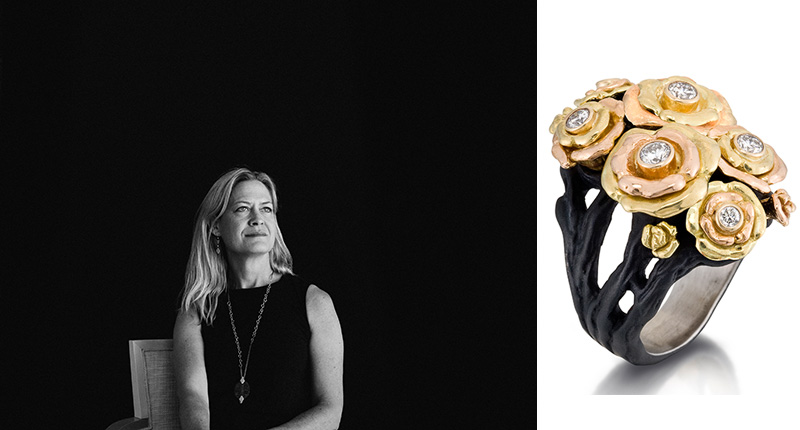
NJ: Who has been your most interesting interview so far?
LKT: If you’re talking about personalities, I don’t know. That’s a really hard question.
Jessica Kagan Cushman blew my mind. She was incredible. Joan Hornig is a firework. Lydia Courteille, I call her the butterfly because she’s hard to catch. Sarah Graham, very down-to-earth.
NJ: I think the way you describe people, from what I know of them, the description of their personality is like a description of their jewelry.
LKT: It is.
(Jessica Kagan Cushman) started the whole Nantucket Bangle line. She had some antique bangles that were given to her by an aunt and her father, Vladimir (Kagan, the famous furniture designer), taught her how to scrimshaw. I’m not going to give a spoiler, but at one point she had an event in her life that was life changing.
I can’t even speak about her, she’s so powerful. Her quote is, never, never, never, never give up. And when you read her story that will mean a lot.
These stories will bring you to your knees, man. They’re not like, oh, la dee dah. You’re like, holy God, how did you make it through that?
NJ: Whose jewelry did you enjoy the most? Or is that too hard to say?
LKT: I think it’s too hard to say.
Coreen Simpson created the first black cameo ever and her story is unbelievable. And it is not about money. It’s not about multi-million-dollar pieces. It’s about a person who was so determined. So I see the vast value in each of the artists’ work, no matter what they’ve done.
And that’s part of my territorial force. I’m looking to see who is an innovator in the industry … who really went out on a limb, who really did things that were completely out-of-the-box in a way that was so determined and so powerful that they got to the place that they were? Carolina Bucci actually is the fourth-generation Italian chain-maker. They started making watch fobs, and she’s the first woman in that chain.
I pull out of artists such incredible information that it really is very revealing about their process and how they came to be. So I don’t want to play any favorites because everybody’s [so different] and yet they are so intimately connected. It’s amazing.

NJ: Let’s talk a little bit more about the book and the related exhibition. Do you have a firm timeline in mind for the book?
LKT: I do. I’m trying to get the book done in a couple of years, and I feel that it can be done. What I’m realizing in this equation here is that we (she and photographer Hardy Klahold) can interview several people at one time.
Hardy sets up the photography. I set up the discussion. We sit down. They bring in their jewelry and, man, we talk. We get out of there.
NJ: How do you see the related exhibition unfolding?
LKT: I’m looking for contacts. I saw the Cartier exhibition at the Denver Art Museum. I saw the Jewels by JAR at the Met and I thought, you know what? We could do that with all these women; this has never been done before.
One of the things that Joan Hornig said to me that was kind of cute: “I love that you call us all artists.” Because there is that fundamental thing between art … I mean I have a bachelor of arts in product design and jewelry, not considered a fine art. It’s a craft. And then I have a master of fine arts in photography, not considered a craft. It’s a fine art. So it’s like breaking those boundaries between craft and fine art.
These are deeply inspired artists creating their art in a way that can be functional or worn. And I think that is the found piece of this project.
I figure if they can do a Jewels by JAR and they can do a Cartier, they can do a Women of Jewelry.
The book should come out at the same time the exhibition is staged so you have the exhibition with the book.
NJ: So people can buy the book.
LKT: That’s right. And I see those as being the two fundamental streams of revenue.
But I also want to do good as well, having a percentage (of sales) donated … giving somebody an opportunity that maybe they wouldn’t ordinarily have. And then I also have a vision of a catalogue with 10 up-and-coming women artists every year. So then it becomes like a submission process, and we start something huge that goes on in honor of women of jewelry.
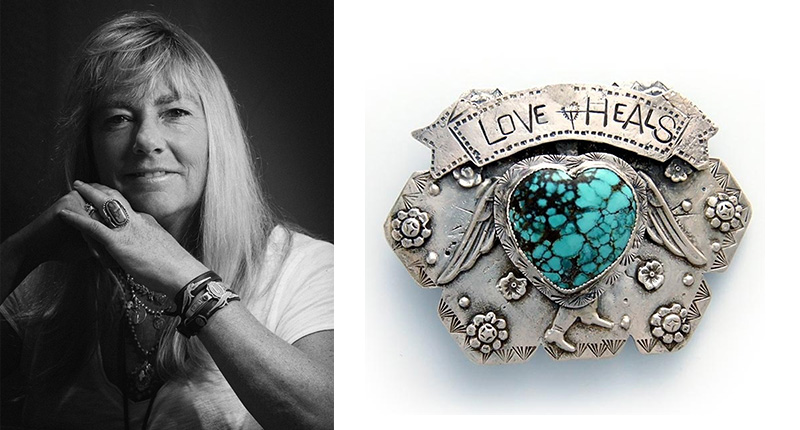
NJ: Who are the women you look at and think, I have to have her in the book?
LKT: There’s a 75-year-old woman in China. Her name is Bai Jingyi. This woman hand-makes 24-karat gold filigree teapots. She is incredible.
I love Elizabeth Gage. I’m trying to get to the women whom I consider to be pioneers in the industry. Elizabeth Gage is definitely one.
I tried to get to Kiki McDonough when I was in London. She designs for the royal family.
I don’t have all their names in my space but … there’s women in India. There’s women in Iran. I want to know who’s out there. I want to know who these women are. And I really want it to be diverse.
I’m telling you, these stories are insane. They are so powerful and so dynamic and so important. Very, very important.
NJ: So what can the jewelry industry do to help you with your project?
LKT: I would like connections. I would like to know, who would you interview or who do you know? Because I can’t figure it all out.
I’ve got a list, believe me. Then what I’ll do is I’ll review the work and I’ll say, that’s too close to whoever. So I’m trying to get each person the sort of autonomy of their own work so that they don’t feel impinged upon and feel that they are individually honored.
NJ: If somebody wants to know who you’re thinking of, who’s on your list so far, or if they want to suggest people, what’s the best way to contact you?
LKT: They’re welcome to contact me by email: hello@womenofjewelry.com.
I was actually going to put out an APB and say, who’s your favorite jeweler? Who do you love? But I don’t want to feel compelled.
Again, I have that vision of an exhibition, and I have to be very clear to maintain that integrity of the curatorial force that will give each woman what I consider the epitome of representation they should have.
I cannot wait for that night of 100 women with their gorgeous portraits and a piece of their jewelry.
I’ve got the whole exhibition laid out [in my mind] … a beautiful case of each of their work and all those women talking and discussing and being honored and knowing that we all come from the same place and that everyone has their place, everyone.
The Latest

Most customers who walk into your store this month have made up their minds. Your job is to validate their choice, Emmanuel Raheb writes.

The collection features characters and motifs from Ukrainian folklore, including an enchanted mirror and a magic egg.

How Jewelers of America’s 20 Under 40 are leading to ensure a brighter future for the jewelry industry.

MatrixGold 3.11, the newest version of the jewelry design program, offers more flexibility, precision, and creative control.


The pavilion will be part of the 2026 JA New York Spring show, scheduled for March 15 to 17.

Kadet, a 1994 National Jeweler Retailer Hall of Fame inductee, helped grow the family-owned retailer in the Chicago area and beyond.

Roseco’s 704-page catalog showcases new lab-grown diamonds, findings, tools & more—available in print or interactive digital editions.

Billed as the world’s smallest wearable, Lumia Health’s new smart earrings have a health tracker subtly embedded in the back.

Don’t let those with December birthdays feel blue. Help them celebrate their month with blue zircon, turquoise, and tanzanite.

The new pink sapphire version of the piece dances with its wearer in the brand’s “Icons After Dark” holiday campaign.

A choice that’s generated a lot of commentary, Pantone says “Cloud Dancer” marks a fresh start and encourages relaxation and creativity.

The manufacturer’s holiday campaign features a gift guide filled with trending designs and jewelry that can be personalized.

The man was charged with theft, accused of ingesting the necklace while in a jewelry store in Auckland, New Zealand.

The Florida independent expanded its store from 8,000 to 14,000 square feet, fulfilling the vision of its late co-founder, Jim Dunn.

Sponsored by De Beers Group
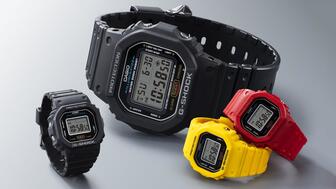
The classic 5600 series G-Shock has been scaled down to about a tenth of its size, becoming a fully functioning watch ring.

The association’s annual conference and gala will take place Feb. 4, 2026, during the Tucson gem shows.

The January show will include a workshop for jewelry retailers on implementing AI to strengthen their businesses.
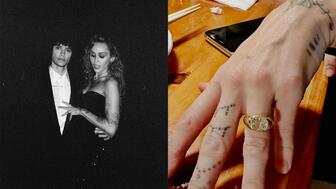
Fellow musician Maxx Morando proposed to the star with a chunky, cushion-cut diamond ring designed by Jacquie Aiche.

The retailer, which sells billions in fine jewelry and watches, is suing the Trump administration and U.S. Customs and Border Patrol.

Black Friday is still the most popular shopping day over the five-day holiday weekend, as per the National Retail Federation’s survey.
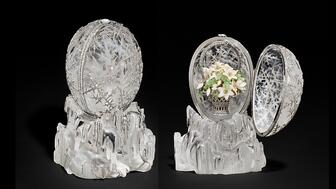
The historic egg, crafted for Russia's ruling family prior to the revolution, was the star of Christie’s recent auction of works by Fabergé.
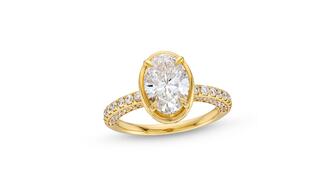
The retailer offered more fashion jewelry priced under $1,000, including lab-grown diamond and men’s jewelry.
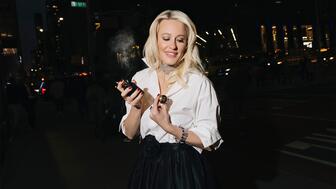
The eau de parfum is held in a fluted glass bottle that mirrors the decor of the brand’s atelier, and its cap is a nod to its “Sloan” ring.

Vivek Gadodia and Juan Kemp, who’ve been serving as interim co-CEOs since February, will continue to lead the diamond mining company.

In addition, a slate of new officers and trustees were appointed to the board.










